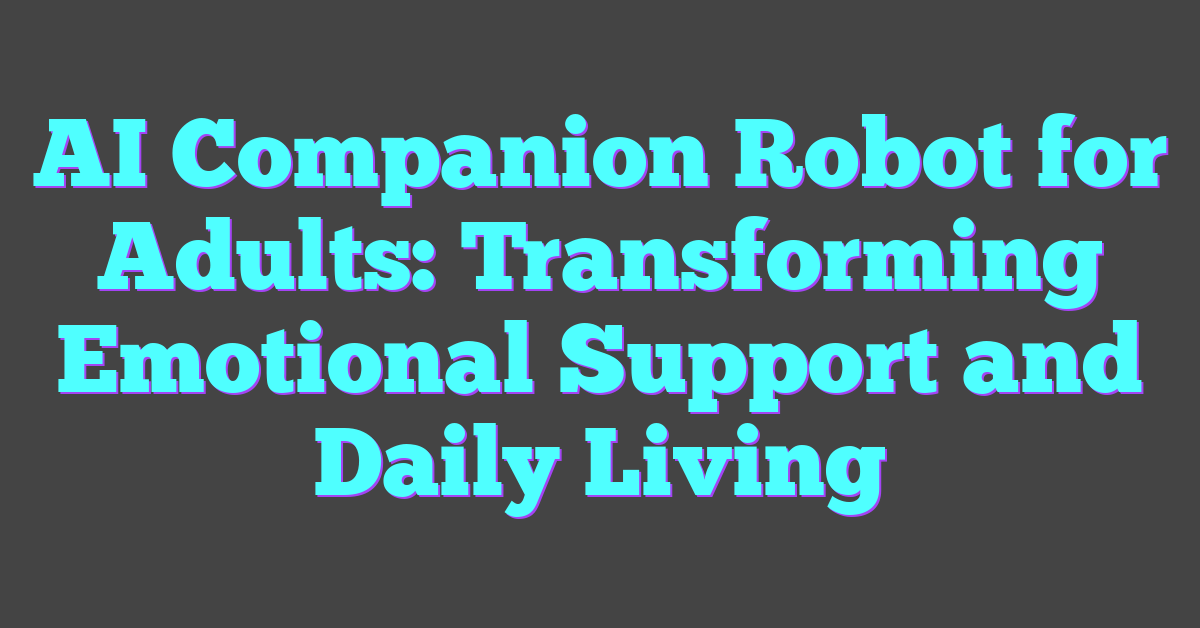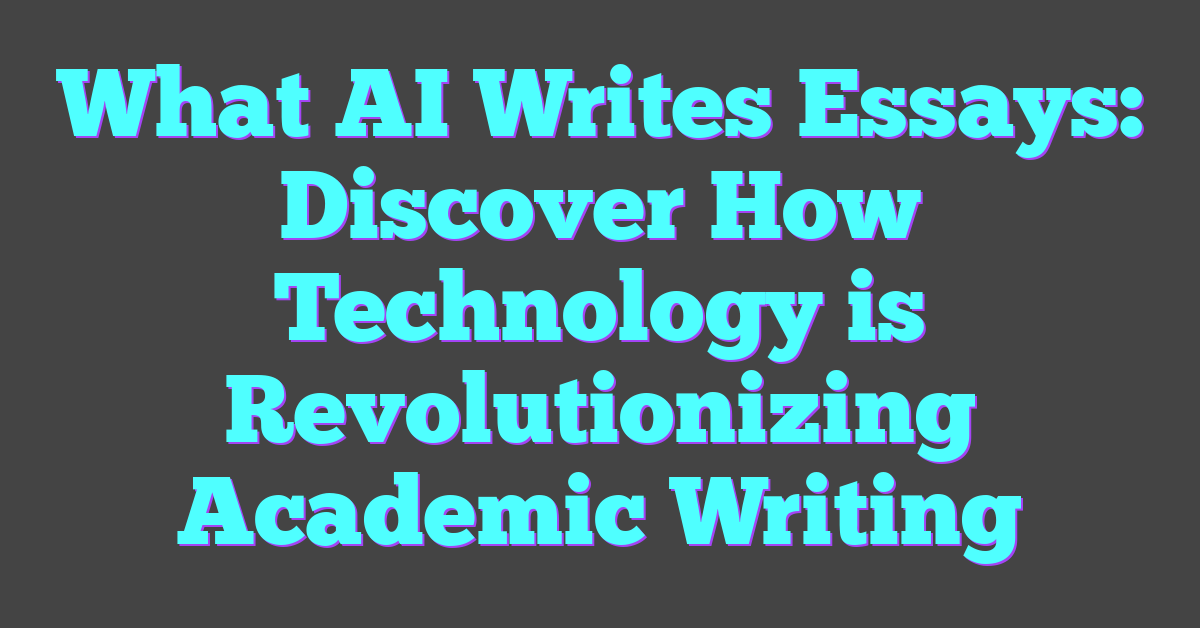In a world where AI chatbots are becoming increasingly sophisticated, many users find themselves wondering if there’s one without restrictions. While chatbots have made leaps in understanding and responding to human queries, they often come with built-in limitations to ensure safety and ethical use. These restrictions can sometimes feel like barriers to accessing the full potential of AI.
Curiosity about unrestricted AI chatbots is growing, especially among tech enthusiasts and developers. They imagine a chatbot that can handle any question or task thrown its way without hitting a wall. But is such a chatbot feasible, or even desirable? Let’s explore the landscape of AI chatbots and see what’s possible—and what’s not—when it comes to removing those limits.
Evaluating the Concept: Is There an AI Chatbot Without Restrictions?
Curiosity about unrestricted AI chatbots is increasing among tech enthusiasts. People often wonder whether these advanced systems can operate without predefined boundaries.

Understanding AI Chatbot Limitations
Current AI chatbots, such as OpenAI’s GPT-4 and Google’s LaMDA, have inherent limitations. These restrictions apply to ensure user safety, maintain ethical standards, and avoid generating harmful or inappropriate responses. AI chatbots must adhere to guidelines to prevent misuse or harmful outcomes. Their training data and algorithms include filters and moderation protocols to block inappropriate content.
AI models learn from large datasets, which may include unintended biases or outdated information. Engineers implement restrictions to mitigate these issues and ensure the chatbot provides accurate and acceptable responses. Open systems could amplify misinformation, making control mechanisms essential.
Exploring the Tech Behind Unrestricted Chatbots
Developing an unrestricted AI chatbot involves leveraging advancements in machine learning, natural language processing (NLP), and neural networks. Removing restrictions requires sophisticated algorithms capable of nuanced understanding and context discernment. These systems must process diverse datasets, adapt to various language patterns, and handle complex inquiries seamlessly.
Advanced models like GPT-4 employ transformer architecture, which enables them to understand and generate human-like text. However, achieving unrestricted functionality while maintaining safety and ethics presents significant challenges. Engineers must balance technological possibilities with practical safety constraints to avoid unintended consequences.
While the idea of an unrestricted AI chatbot intrigues many, important ethical and safety considerations shape the current reality. Developing such technology requires careful navigation of limitations and potential risks, underscored by ongoing advancements in AI and machine learning. Expanding these capabilities responsibly remains a critical goal for researchers and developers in the field.
Case Studies of AI Chatbots
Analysis of AI chatbots helps understand their capabilities, including the constraints related to unrestricted interactions.
Review of Market Leaders in Chatbot Technology
Leading AI chatbots like GPT-4 and LaMDA illustrate advancements in natural language processing. GPT-4, created by OpenAI, delivers impressive text generation and contextual understanding. However, it includes ethical filters and safety protocols to avoid harmful outputs. Google’s LaMDA excels in conversation and contextual nuance, but it also employs strict content moderation to prevent misuse.
Spotlight on Niche AI Innovations
Several niche AI chatbots push the boundaries of innovation. Replika, an AI companion, focuses on emotional support and personal conversations but incorporates safety measures to maintain user well-being. AI Dungeon, a text-based adventure game, allows storytelling without direct restrictions on narrative flow but still monitors for explicit content. These examples showcase how niche AI chatbots balance freedom in interactions with necessary ethical considerations.
Legal and Ethical Considerations
When discussing unrestricted AI chatbots, it’s crucial to address both legal and ethical concerns to ensure responsible usage.
Privacy and Data Handling Laws
Legal frameworks govern how AI chatbots manage user data to protect privacy and sensitive information. Various regulations dictate these, including the General Data Protection Regulation (GDPR) in Europe and the California Consumer Privacy Act (CCPA) in the United States.
- User Consent: AI chatbots must obtain explicit user consent before collecting any data, ensuring transparency.
- Data Storage: Data must be securely stored, often encrypted, to prevent unauthorized access.
- Data Minimization: Collect only necessary data to minimize privacy risks.
- Right to Access and Delete: Users can access their data and request its deletion, enhancing control over personal information.
Developers should integrate these laws into chatbot systems, considering jurisdiction-specific requirements to maintain legal compliance and user trust.
Ethical Implications of Unrestricted Chatbots
Unrestricted chatbots, while innovative, bring significant ethical concerns. They need to balance freedom with responsibility to avoid harmful outcomes.
- Bias and Fairness: Algorithmic bias can manifest in chatbots, leading to unfair treatment or responses. Continuous monitoring and adjustment help mitigate this.
- Misinformation: Unrestricted bots can spread false information. Implementing fact-checking mechanisms helps maintain the integrity of the information shared.
- User Safety: Ensuring interactions do not cause harm is paramount. Safety protocols can prevent dangerous advice or malicious behavior.
- Accountability: Clear responsibility lines ensure ethical breaches are addressed. Developers and companies should be accountable for the chatbot’s actions.
By recognizing and addressing these ethical implications, AI developers can create balanced systems that offer freedom while safeguarding user interests.
Future Directions in AI Chatbot Development
Future developments in AI chatbot technology promise to enhance capabilities while addressing current limitations. Innovations in natural language processing and ethical AI can reshape user experiences.
Innovations That Could Remove Current Barriers
Advances in Federated Learning: AI chatbots, using federated learning, can train on decentralized data sources. This approach improves privacy by keeping user data on local devices rather than central servers. For instance, Google’s Gboard keyboard uses federated learning to enhance predictions without compromising user privacy.
Improved Context Awareness: AI chatbots can become more context-aware by leveraging techniques like transfer learning. This allows chatbots to understand and remember context across different conversations, enhancing their ability to respond accurately. OpenAI’s fine-tuning of GPT-3 serves as an example, where context retention greatly improves interaction quality.
Ethical AI Frameworks: Integrating ethical AI frameworks can address issues related to bias and fairness. This includes implementing fairness-aware algorithms that mitigate bias in responses. Microsoft’s Turing-NLG model focuses on ethical AI development by ensuring diverse training data to reduce biases.
Predictions for Future Chatbot Capabilities
Enhanced Personalization: Future AI chatbots can offer highly personalized interactions by analyzing historical interaction patterns. This includes tailored recommendations and personalized responses. For example, virtual currency exchange assistants could customize services based on user transaction history.
Emotion Recognition: Integrating emotion recognition capabilities will allow chatbots to understand and respond to users’ emotional states. This involves using sentiment analysis and facial recognition technologies. AI systems like Affectiva’s emotion AI can detect user emotions to tailor responses accordingly.
Seamless Multilingual Support: AI chatbots will likely support seamless multilingual interactions using advanced machine translation technologies. Deep learning models, such as those developed by Facebook’s M2M-100, enable chatbots to converse fluently in multiple languages without relying on English as an intermediary.
Adaptive Learning: Future chatbots will use adaptive learning to continually improve their responses based on user interactions. This involves using reinforcement learning techniques to help chatbots learn from successes and errors. The AlphaGo system’s approach to learning from games is an example of adaptive learning applied to a different context.
The future of AI chatbots lies in a blend of technological advancements and ethical considerations. These innovations promise to create more effective, personalized, and ethical AI chatbots.
Conclusion
As AI chatbots continue to evolve, the balance between innovation and ethical considerations remains crucial. Developers are at the forefront of creating chatbots that are not only advanced but also responsible and fair. With advancements in privacy, context awareness, and ethical frameworks, the future of AI chatbots looks promising. By prioritizing these elements, the industry can ensure that AI chatbots become more personalized, emotionally intelligent, and accessible. Embracing these innovations will pave the way for a new era of AI interactions, offering users a more seamless and ethical experience.
Frequently Asked Questions
What are unrestricted AI chatbots?
Unrestricted AI chatbots are those designed to interact with users without many limitations. They aim to offer a more free-flowing and natural conversation experience while balancing safety, ethics, and content moderation.
Why is content moderation important in AI chatbots?
Content moderation ensures that interactions remain safe, respectful, and compliant with ethical standards. It helps prevent harmful or inappropriate content from being generated, creating a safer user experience.
What technological challenges are faced in developing ethical AI chatbots?
Challenges include balancing advancements in natural language processing with ethical considerations, managing user privacy, and addressing biases in AI algorithms while maintaining performance and accuracy.
How do GPT-4 and LaMDA ensure ethical interactions?
GPT-4 and LaMDA use advanced natural language processing techniques coupled with ethical filters and guidelines to ensure interactions remain safe, respectful, and free from harmful content.
What is Replika and AI Dungeon’s approach to ethical AI?
Replika and AI Dungeon balance user freedom with ethical considerations by incorporating moderation tools and ethical guidelines into their AI frameworks, ensuring a safe and enjoyable user experience.
What future innovations are expected in AI chatbot development?
Future innovations include advances in Federated Learning for improved privacy, enhanced context awareness via transfer learning, and integration of ethical AI frameworks to address bias and fairness issues.
What are the predictions for future AI chatbot capabilities?
Predictions include enhanced personalization, emotion recognition, seamless multilingual support, and adaptive learning, all aimed at creating more effective, personalized, and ethical AI chatbots.
How can developers shape the future of AI chatbots responsibly?
Developers are encouraged to stay informed about the latest advancements, prioritize ethical and safe AI practices, and incorporate privacy and fairness considerations into their AI chatbot development processes.




